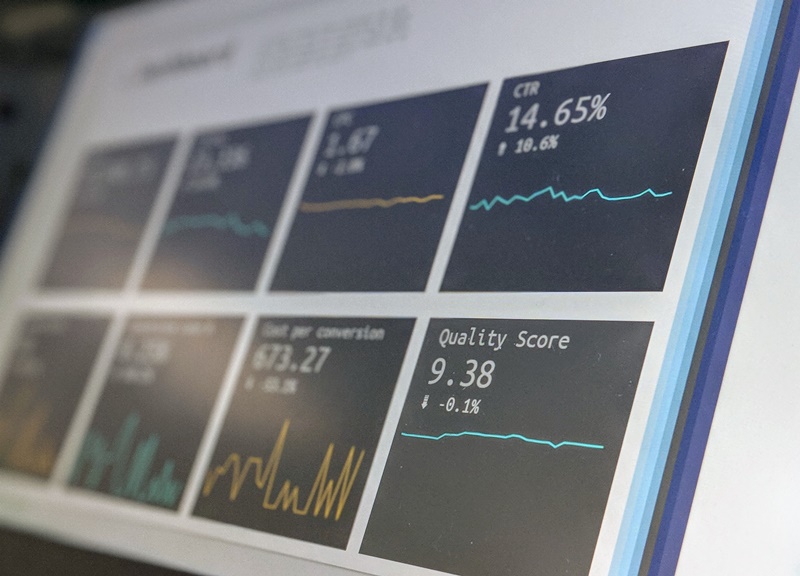Investors can trade stocks for free through online brokers. But how do brokerages make money if they’re waiving commissions? A deep dive into the commission-free trading movement reveals various business activities that build profits, often to the detriment of their clients. As a result, larger customers and frequent traders might want to consider paying for premium accounts.
The return of near-zero interest rates in 2020 made that strategy far less profitable. Disclosure documents revealed other profit sources, including margin lending, monthly fees for upgraded services, and rehypothecation. Rehypothecation allows the brokerage companies to use client securities to support other financial activities. Rehypothecation occurs in a margin account when the broker-dealer uses an asset—stock securities in this case—as collateral to fulfill their own obligations or interests. In other words, they can fund their own market bets or borrow money from a bank, using your stocks as collateral if things go haywire. This practice tends to work well in quiet times. On the other hand, it can have disastrous consequences when the financial system is under duress.
Payment for Order Flow
Payment for order flow is the primary way that brokerages make money from commission-free trades. Payments for order flow may result in lower quality order execution, leading to slightly higher buy prices and marginally lower sell prices.
Even small delays in executing market orders can generate self-serving opportunities to adversely impact quality and build profits for the brokerage. They offer few frills and attract frequent customer service complaints, which are expected because ultrathin margins generate a natural conflict of interest between customer needs and the company’s profitability. Even so, they’ve added features regularly in the last few years and have retained their enormous popularity.
If You Aren’t Paying For the Product, You Are the Product
As in many “freemium” models, free brokerages might also be selling your data to companies who can use technology to predict what retail investors are doing so that they can beat you. They will get better prices and you will pay more.
Yes, You Can Get Free Trading – But There’s Often a Catch
A price war has driven the cost of some stock trades to zero. Investing is cheaper than ever. Trading is free, some index funds cost next to nothing, and a diversified portfolio can be built by machines for a fraction of the cost of live professionals who deliver advice in an elegant leather binder. But brokerages have to make money somehow, and here are some of the ways they do that.
Low-cost investing isn’t always as cheap as it appears. Many companies, while stamping out certain fees, are doing other things that can cost you money — and it’s up to you, dear investor, to figure out what they are.
Each firm’s policies differ, but here several helpful places to look; the way your brokerage uses your cash holdings, the costs of other services it offers, and how it might be profiting off your free trades by getting someone else to pay for them instead.

Free Brokerage vs Paid – Pros and Cons
Unless you’re an active trader, 30 trades per month is a number you’ll probably never even come close to hitting. Discount brokerages make money on the arbitrage between the bid and ask prices on the exchanges (which is legal as long as you, the customer, get a price that was available on the open market – they disclose this in the fine print in your account paperwork). So they want you to trade as often as they can get you to.
As they say, it’s really just a mind game. There is always a cost to doing business with a bank or brokerage. They charge you fees for services and they make money on your deposits while you’re not using them. So while it looks like they’re paying you interest, which they are, they’re not paying you all the interest they’ve earned using your money. So there’s one cost. Only when interest rates dropped so low that they were starting to feel it did they started rolling out more overt fees for services. You’ll notice the conditions that cause the fees to be waived in your account all lead to increased deposits or transactions, either directly or indirectly.
If your main concern is the efficiency of your investments, you should consider dollar-cost averaging (DCA) with deposits of a set amount into a mutual fund over time (there are plenty of high quality no-load/no-fee options available), or buy into a stock if your brokerage offers a lower-fee without all the hidden charges. Read the fine print and decide on one or two stocks or ETFs to keep things simple for you.
Subscribe for more business, sales and investing posts. Have a lovely day.











